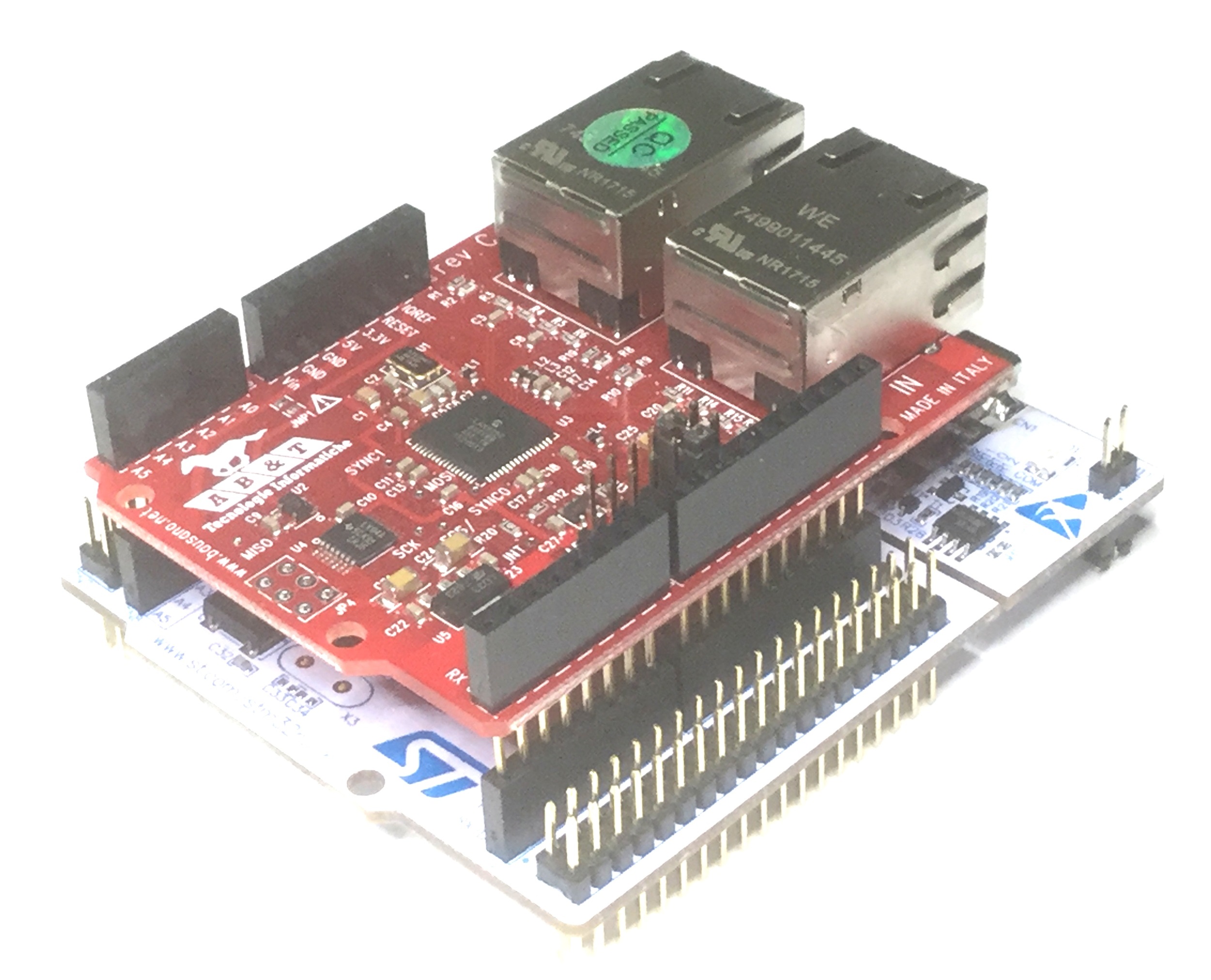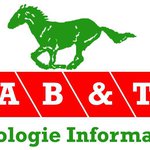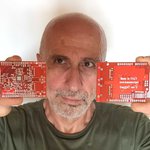EasyCAT shield loopback test - EtherCAT slave example
Dependencies: mbed EasyCAT_lib
The EasyCAT Shield and  boards
boards

- The EasyCAT Shield is an Arduino shield, designed and manufactured in Italy by AB&T Tecnologie Informatiche, that allow us to build a custom EtherCAT® slave in an easy way.
- This is the EasyCAT product page on the EtherCAT® Technology Group website.
- The TestEasyCAT_LoopBack is a test program that transmits back to the EtherCAT master the data that the EtherCAT slave receives.
Import programTestEasyCAT_LoopBack
EasyCAT shield loopback test - EtherCAT slave example
Import libraryEasyCAT_lib
EasyCAT shield library - It allows you to make an EtherCAT slave
main.cpp
- Committer:
- EasyCAT
- Date:
- 2019-01-09
- Revision:
- 1:c342bace09db
- Parent:
- 0:739b2b5ca0f6
File content as of revision 1:c342bace09db:
//********************************************************************************************
// *
// AB&T Tecnologie Informatiche - Ivrea Italy *
// http://www.bausano.net *
// https://www.ethercat.org/en/products/791FFAA126AD43859920EA64384AD4FD.htm *
// *
//********************************************************************************************
// *
// This software is distributed as an example, in the hope that it could be useful, *
// WITHOUT ANY WARRANTY, even the implied warranty of FITNESS FOR A PARTICULAR PURPOSE *
// *
//********************************************************************************************
// revision 2 - moved "DigitalOut Led(LED1)"
//---- AB&T EasyCAT shield loopback test 170912 ---------------------------------------------
//
// Derived from the example Arduino project TestEasyCAT_LoopBack.ino
// for the AB&T EasyCAT Arduino shield
//
// In this example the output bytes received by the EasyCAT are transmitted back to
// the master, for test pourpose
//
// The EasyCAT must be set in STANDARD MODE (default setting)
//----- Tested with the STM32 NUCLEO-F767ZI board --------------------------------------------
#include "mbed.h"
#include "EasyCAT.h" // EasyCAT library to interface the LAN9252
void Application (void);
EasyCAT EASYCAT; // EasyCAT instantiation
//--- sanity check to see if the EasyCAT is set in STANDARD MODE --------------------------------------
#ifdef CUST_BYTE_NUM_OUT
#error "The EasyCAT must be set in STANDARD MODE !!!"
#endif
#ifdef CUST_BYTE_NUM_IN
#error "The EasyCAT must be set in STANDARD MODE !!!"
#endif
//---- pins declaration ------------------------------------------------------------------------------
//---------------------------------------------------------------------------------------------
int main(void)
{
printf ("\nEasyCAT - Generic EtherCAT slave\n"); // print the banner
//---- initialize the EasyCAT board -----
if (EASYCAT.Init() == true) // initialization
{ // succesfully completed
printf ("initialized\n"); //
}
else // initialization failed
{ // the EasyCAT board was not recognized
printf ("initialization failed\n"); //
// The most common reason is that the SPI
// chip select choosen on the board doesn't
// match the one choosen by the firmware
DigitalOut Led(LED1); //
while (1) // stay in loop for ever
{ // with the led blinking
Led = 1; //
wait_ms(125); //
Led = 0; //
wait_ms(125); //
} //
}
while (1) //---- main loop ---------------------------
{
// In the main loop we must call ciclically the
// EasyCAT task and our application
//
// This allows the bidirectional exachange of the data
// between the EtherCAT master and our application
//
// The EasyCAT cycle and the Master cycle are asynchronous
wait_ms(10); // This delay allows us to set the EasyCAT cycle time
// according to the needs of our application
EASYCAT.MainTask(); // execute the EasyCAT task
Application(); // execute the user application
}
}
//---- user application ------------------------------------------------------------------------------
void Application () // the received bytes for the outputs
// are transmitted back, simulating the inputs
{
uint8_t Index;
for (Index=0; Index < BYTE_NUM; Index++) // BYTE_NUM is a constant declared in the library file "EasyCAT.h"
// it defines the number of bytes for the input and for the output
// when the EasyCAT is configured in STANDARD MODE (default setting)
{ // the data are crossed and complemented
EASYCAT.BufferIn.Byte[BYTE_NUM - 1 - Index] = EASYCAT.BufferOut.Byte[Index] ^ 0xFF;
// the data are trasmitted back as they are
//EASYCAT.BufferIn.Byte[Index] = EASYCAT.BufferOut.Byte[Index];
}
}


